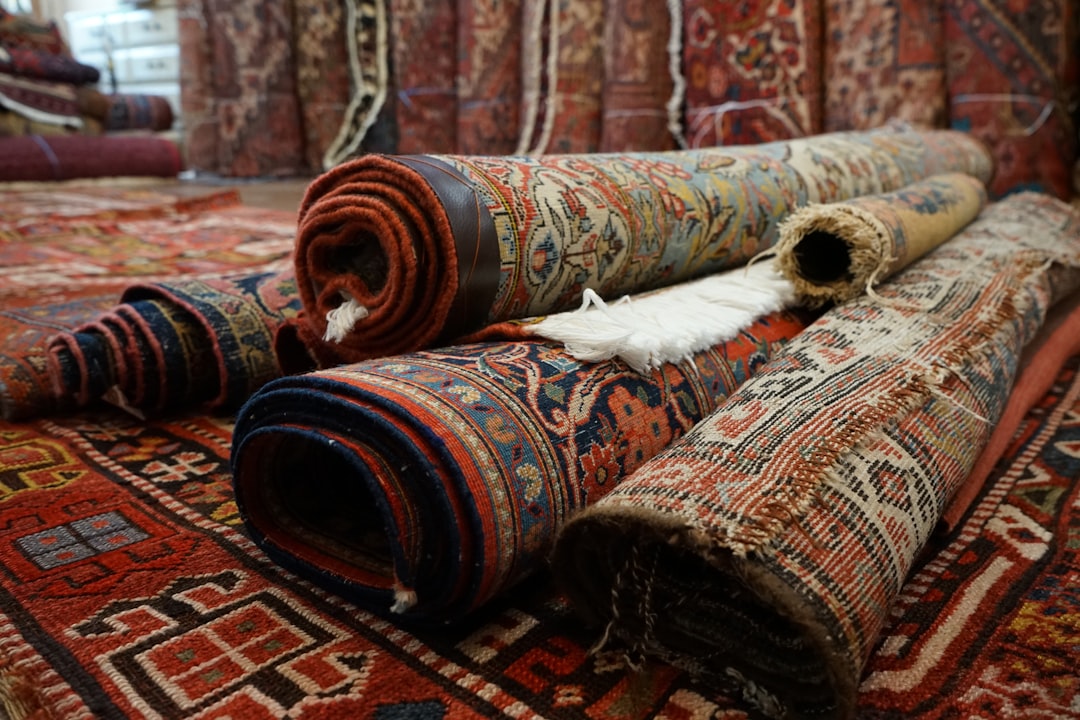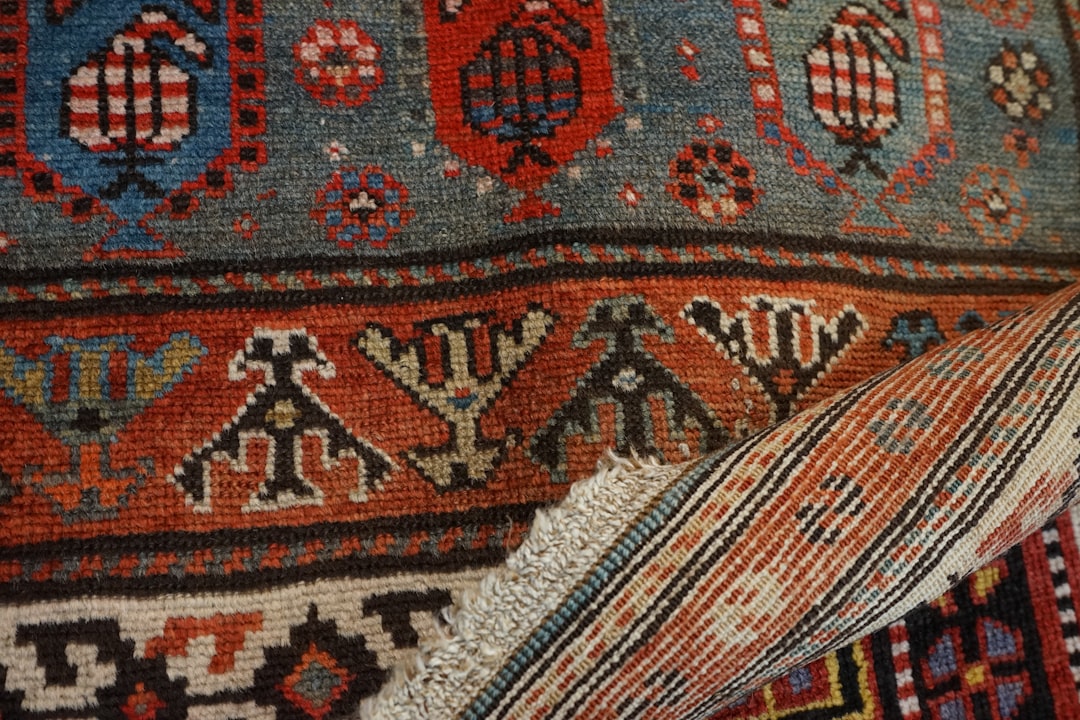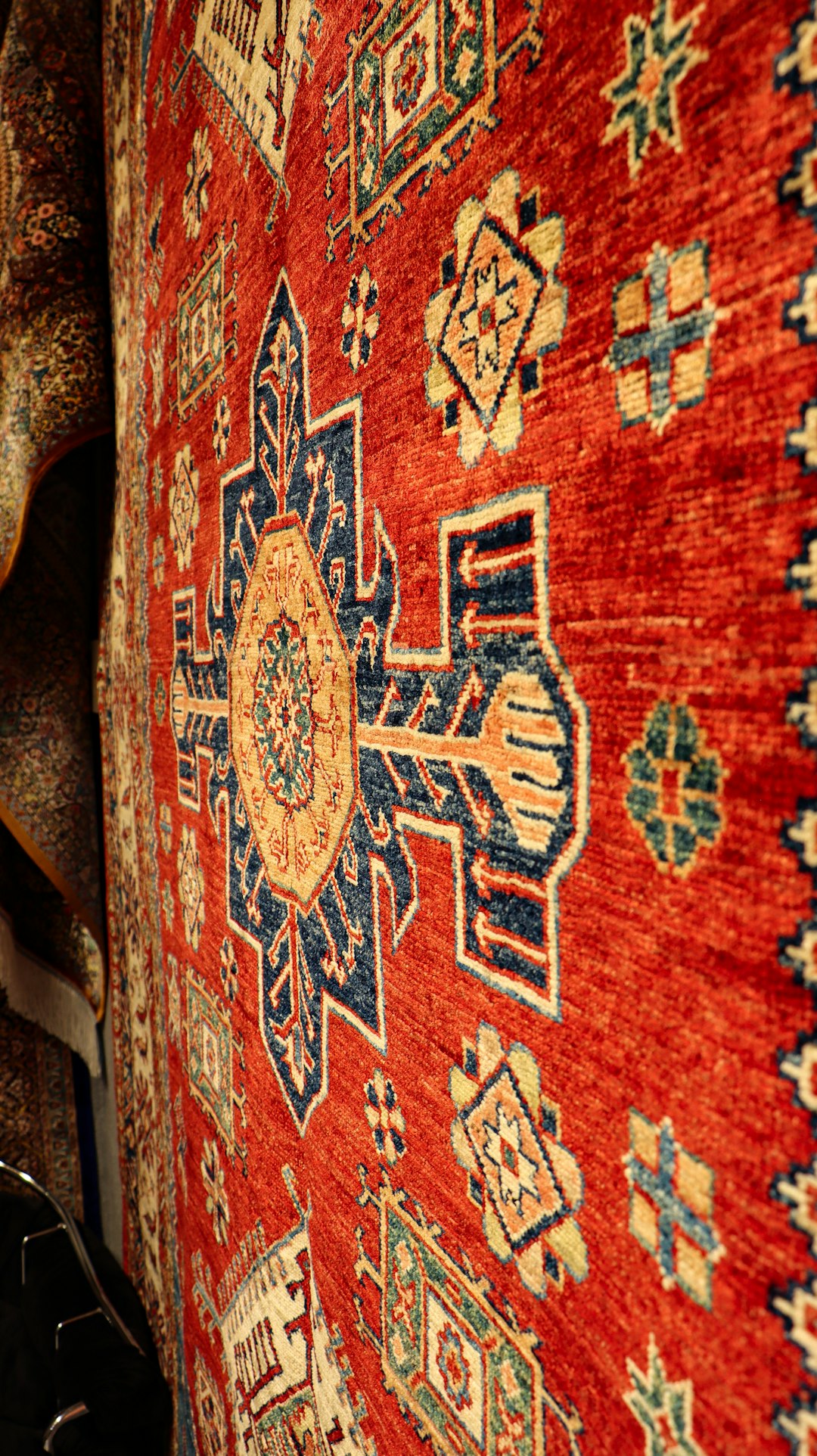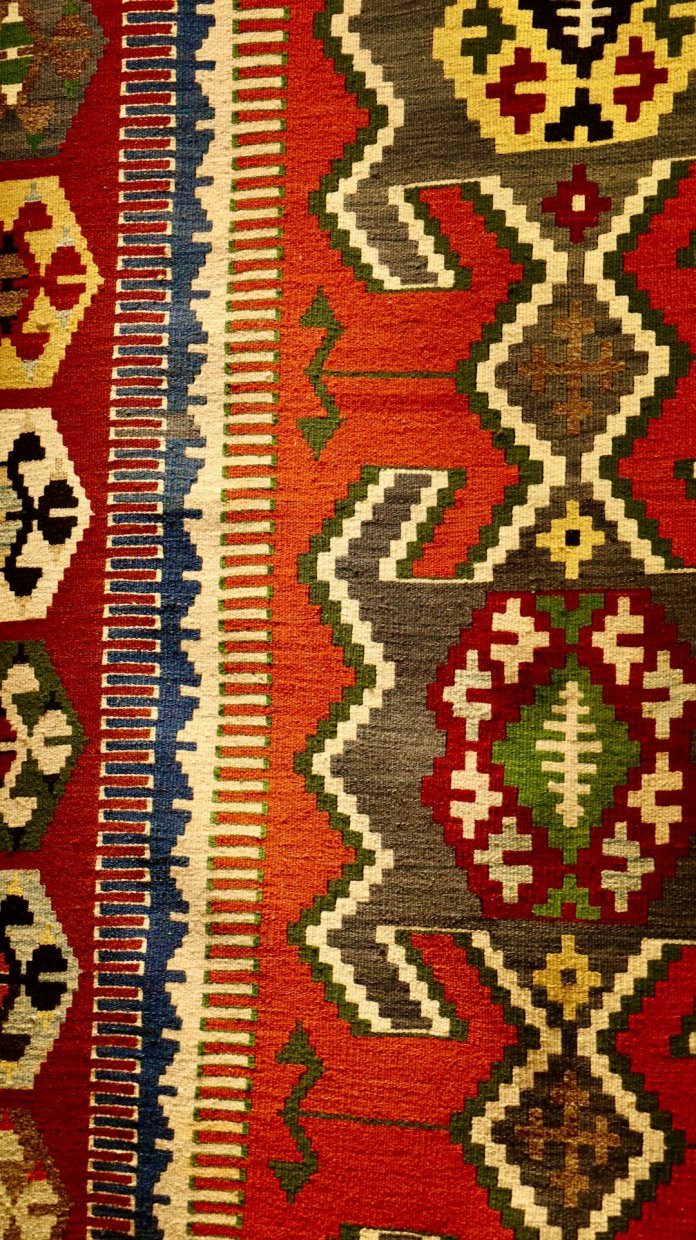Berber rugs have long been admired for their unique textures, cultural significance, and earthy color palettes. Among the most popular choices in Berber rug design are various shades of brown. These tones blend seamlessly with modern, rustic, or bohemian interiors. However, when selecting a Berber rug in the brown spectrum, it’s important to understand the undertones and how these shades can evolve and fade over time. This article takes a deep dive into the world of Berber rug browns—exploring color nuances, environmental effects, and best practices for preserving the vibrancy of these timeless floor coverings.
Understanding Brown Undertones in Berber Rugs
Brown in Berber rugs isn’t just brown. The color itself is a composite of various undertones and fiber mixes. Depending on the origin, dye, and wool used, you could be looking at a reddish-brown, yellow-brown, gray-brown, or even a cool taupe. Each undertone not only affects the rug’s appearance but also how it interacts with surrounding décor and lighting.
- Warm Undertones: These include golden, tan, or reddish browns. They tend to create a cozy, inviting look and pair well with warm interior palettes such as terracottas, beiges, and honey woods.
- Cool Undertones: Browns that incorporate hints of gray or blue offer a more subdued, refined feel. These are ideal for minimalist or modern environments dominated by whites, blacks, or cool grays.
- Neutral Undertones: A true camel or chestnut brown often falls in this category, striking a perfect balance that suits almost any space.
Recognizing undertones usually requires viewing the rug under different lighting conditions. Natural daylight brings out true hues, while indoor lighting—especially incandescent—can make warm tones appear enhanced, and cool tones seem muddied.

The Role of Natural Fibers and Dyes
Authentic Berber rugs are traditionally made from natural wool and vegetable-based or mineral dyes. These natural elements are a double-edged sword: while they contribute to the unique, organic beauty of the rugs, they are also more vulnerable to wear and environmental exposure.
Many brown Berber rugs derive their colors from:
- Walnut husks – Yield a deep, warm brown
- Pomegranate skins – Contribute to golden or amber undertones
- Madder root – When used with iron, creates darker, earthy shades
- Clay and soil mixtures – Impart rustic taupe or coffee hues
Because these dyes are natural, they do not penetrate as deeply as synthetic alternatives. This contributes to unique fading patterns that occur over time, often lending vintage Berber rugs a prized, weathered look.
How Brown Berber Rugs Fade Over Time
Fading in Berber rugs is influenced by several factors: sunlight, air quality, foot traffic, and cleaning methods. While some collectors and designers appreciate the patina of an aged rug, others wish to maintain the original intensity of the rug’s color.
Common Fading Scenarios
- Sunlight exposure: Direct sunlight is the most aggressive agent of fading. Rugs placed near large windows or under skylights will show lighter patches over time, especially in high-contact brown areas. Ultraviolent filters or rotating the rug can reduce impact.
- Humidity and air pollutants: Natural fibers like wool absorb moisture and airborne contaminants, contributing to gradual discoloration. In brown tones, this may lead to yellowing or dulling.
- Foot traffic: Brown hues mask dirt well, but the fibers can lose contrast and vibrancy when worn down. Over time, the depths of the patterns or outlines may appear flattened.

Strategies to Preserve Color Integrity
Maintaining the richness of your brown Berber rug requires a mix of proactive care and minimal chemical intervention. Natural fiber rugs, especially those featuring organic dyes, can be surprisingly resilient if treated with respect.
Helpful tips for longevity:
- Rotate regularly: Every three to six months, change the rug’s orientation to allow even exposure to light and traffic.
- Use curtains or UV film: Blocking direct sunlight can dramatically slow fading. Consider using sheer drapes or applying UV filter films to your windows.
- Limit moisture exposure: Keep the rug in well-ventilated, dry areas. Avoid basements or bathrooms without dehumidifiers.
- Avoid harsh cleaners: Instead of chemical solutions, opt for a gentle wool-safe detergent. Spot cleaning with natural vinegar and distilled water is ideal for maintaining minor spills without altering the coloration.
- Vacuum carefully: Use a suction-only vacuum or one with a wool-safe setting to preserve pile and color.
The Appeal of Aged Browns
While much effort can be put into preserving the original color of a Berber rug, it’s worth noting that many collectors and aesthetic enthusiasts prefer the softened, time-worn look. The faded browns of an aged Berber rug often reveal depth, character, and history. These natural changes give a space a sense of warmth and an authentic lived-in feel—something that new, factory-produced rugs often lack.

This “fading” can sometimes even increase the value of a rug, especially if the patina is uniform and the underlying design remains visible. Antique Berber rugs with faded walnut browns or golden highlights are particularly sought after in vintage décor markets.
Frequently Asked Questions (FAQ)
-
Q: How can I distinguish between a warm and a cool brown undertone?
A: Place the rug in natural light and compare it with pure white and pure gray objects. Warm browns will have reddish, tan, or golden hints, while cool browns will look slightly gray or bluish.
-
Q: Are synthetic-dyed brown rugs more fade-resistant?
A: Yes, synthetic dyes usually penetrate deeper and are more resistant to fading. However, they may lack the nuanced beauty and eco-friendliness of natural dyes used in traditional Berber rugs.
-
Q: Can I restore the color of a faded Berber rug?
A: Complete restoration is challenging, and it’s unlikely you’ll recapture the original tone using DIY methods. However, rug restoration professionals can retouch color using matching natural dyes.
-
Q: What is the best light setting to showcase brown Berber rugs?
A: Ambient lighting with warm white bulbs (around 2700K) enhances the richness of brown hues without exaggerating undertones. Avoid overly cool or fluorescent bulbs.
-
Q: Do brown Berber rugs go well with other colored furnishings?
A: Absolutely. Browns are neutral and versatile. Pair them with jewel tones for contrast or go monochrome with beiges and tans for a serene atmosphere.
In conclusion, brown Berber rugs offer incredible aesthetic flexibility, emotional warmth, and an evolving patina that only time can give. By understanding their undertones and the natural processes of fading, homeowners and designers can better appreciate and maintain these textile treasures for years to come.
